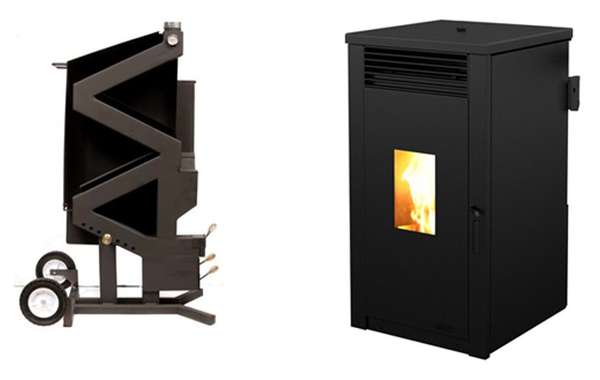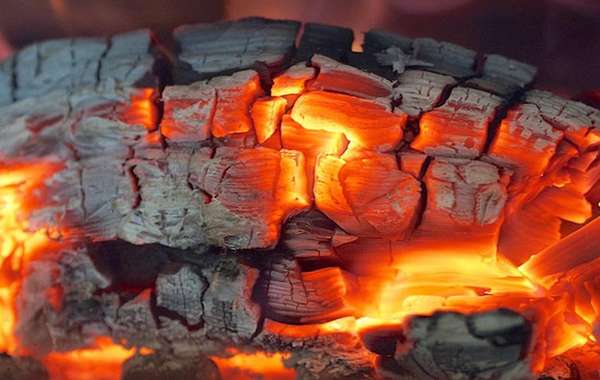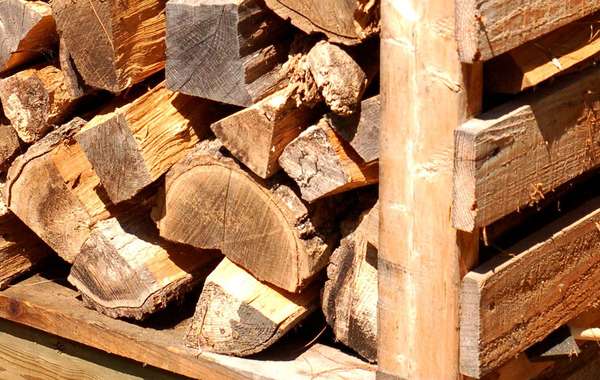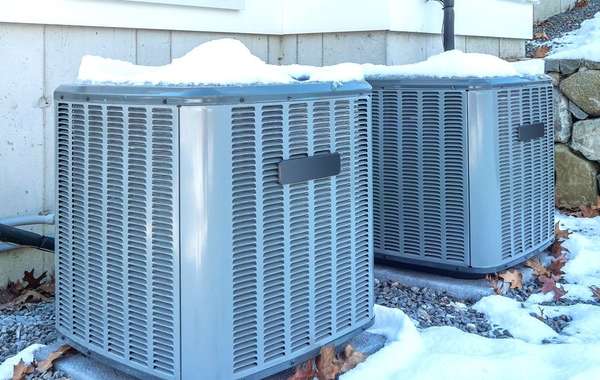Wood Burning Stove - Do We Need A Cold Air Vent to Safely Operate?
We live in a 1400 sq ft home in the Colorado mountains - elevation 8000 feet. Winters are cold and long here. Our home is all electirc so we want to install a wood burning stove to offset heating costs and for heating back up. However, our home is not vented. All we have are the customary cook top, dryer and bathroom vents. During below freezing weather, our home collects much condensation on the inside widows.
We assume this means our home is pretty air tight, although it does get very cold inside without running the EST heater. We have a 3 foot crawl space that spans the entire sq footage of the house. Q: do we need to have a cold air vent installed in our crawl space in order to safely operate a wood burning stove in our home? We want to avoid carbon monoxide poisoning. Thanks for your help.

























For a woodburner to exhaust properly it has to be drawing air in, so if your home is pretty airtight as you say, then I'd say yes to the direct air feed - but I will also give a couple of suggestions.
To operate wood burning stoves correctly, fireplaces and stoves need a supply of air for good combustion (which also minimizes the risk of producing carbon monoxide). A fresh air supply for a wood stove also increases the ability to evacuate the flue gases; otherwise they will not work properly. See here about choosing and using a wood stove properly -
Choosing the Best Wood-Burning Stove or Fireplace
A wood burner is unable to light without an air supply, and so then smoke will pour out into the room it is installed in, which is not what you want to happen. To allow smoke to be able to be drawn up the chimney, continuous air movement is required up through the flue, this cannot be achieved if there is no source of air. Flue pipes also need to be installed with a minimum of bends, and need to draw well, which is helped once they are hot as convection pulls the combustion gases up the stack.
For those who already have a fireplace that fills the room with smoke ever time you put a new log in, a good test is to check if the burning of your stove improves when opening a window or door in the room, if so, it is more than likely you need to install some correct air ventilation. Also, the addition of a high-quality chimney cowl can also improve the airflow and prevent nasty downdraughts which are made worse in high pressure weather conditions (think the prairies in winter).
As a rule, all airtight houses, especially new builds like meet zero homes, LEED or Passive House, require an air vent that can not be closed or be covered up, i.e. permanently open and venting to the outside of the home. The vent should also be located in a place where the householder cannot cover it up, and externally where snow doesn't tend to bank up. Also, you may have to increase the size of the vent if the room with the woodburner has a stove hood, or HRV / ERV - as this could create negative pressure and draw flue gases back into your room - which could be dangerous.
Depending on what size BTU your intended stove is rated at will determine the size of the air vent which increases on the BTU rating. Roughly speaking the air vent needs to be around a free square inch per 3500 BTU, but always check local code requirements to be certain.
Now, from experience, and depending on your climate zone, fresh air vents can be optimized to prevent drafts. I've installed them directly behind woodburners, underneath in homes with a crawlspace (though this needs a cowl to prevent accidental blockage) and I've also installed them at opposite sides of the room if the room needed ventilation, but as the crawlspace was semi conditioned, I ran the metal vent ducting pipe in the same direction as the floor joists, tight to the floor, so the inbound air had a chance to warm up on the way in.
Here is another page that may be of value, about how to choose the best firewood and store it properly. I hope this info is helpful!
Very helpful. Thanks so much! :)